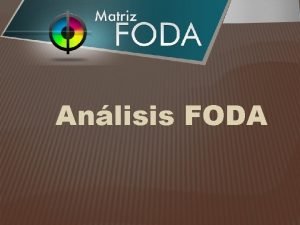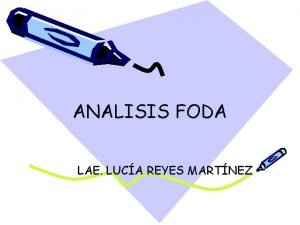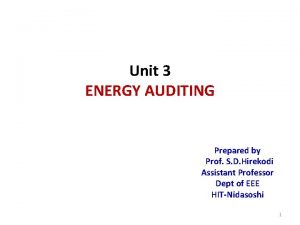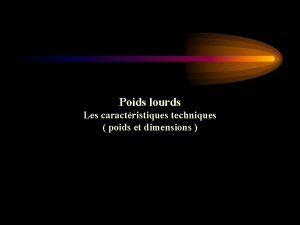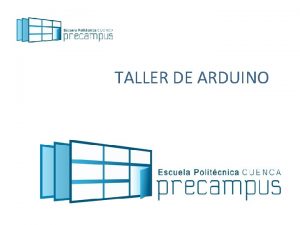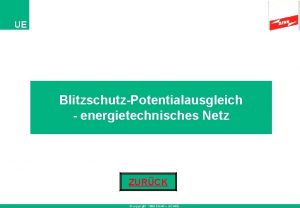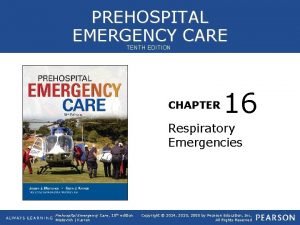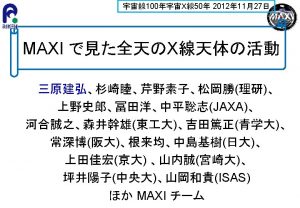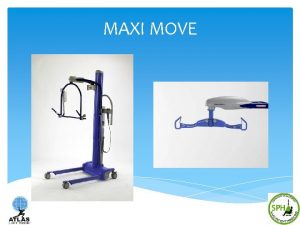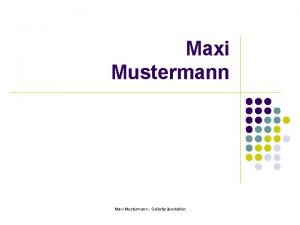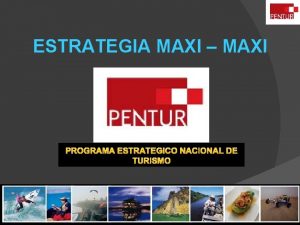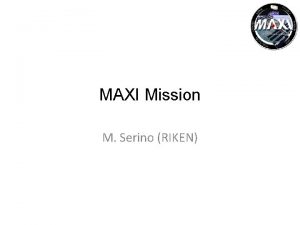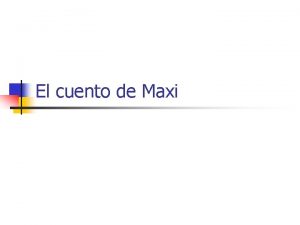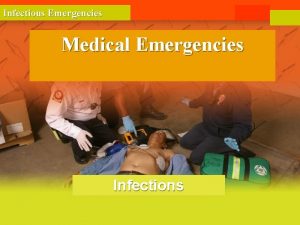International Training School in maxi emergencies Who should











- Slides: 11

International Training School in maxi emergencies Who should be involved in the Project: • • • Research centers participating in the EUR-OPA agreement Ministries and departments of civil protection of the countries involved Universities UNDRR UE International volunteer organizations (Red Cross, Order of Malta etc. . )

What is Eur-Opa Major Hazards Agreement EUR-OPA Major Hazards Agreement is a platform for cooperation in the field of major natural and technological disasters between Europe and the South Mediterranean. Its field of competence covers disaster risk reduction, in particular; knowledge, prevention, preparedness, risk management and post-crisis analysis. At the scientific and technical level, the specific role of the Specialised Euro-Mediterranean Centres is to develop projects, both at national and regional levels, which aim to improve the awareness of and resilience to major risks within the population. (from : https: //www. coe. int/en/web/europarisks/eur-opa-in-brief )

The reason for the High School Project Cemec was founded in 1986 (exactly on October 13 th)as the first training school for maxi emergencies and Disaster Medicine within the framework of the Council of Europe and from this , an intergovernmental Open Partial Agreement was established for the prevention of, protection against major natural and technological disasters. Today 25 countries are a part of the agreement Cemec is the oldest school in our continent and from here many of the major experts in Civil Protection and Disaster Medicine have been involved both as speakers and as participants. After 33 years of history CEMEC today is still the only Civil Protection Training School in the EUR OPA agreement of the Council of Europe


General comments Some national organizations for both NON AND Civil Protection have different internal or external training structures There is no control on homogeneity of the training provided ; The certificate issued often has only local value; There is no register of qualified experts who have the opportunity to discuss educational programs Often «copies» are created in the training sector leaving some fields totally uncovered

Aim of the School Uniformity of Formation (health and otherwise) amongst the Countries participating in the School Accreditation of training at an international level with Eur-Opa Certification (mutual recognition of qualifications) Differentiation of Training to obtain international homogenicity (Specific Training Schools at national level) Establishment of a data base to register all details of the teaching staff and their specializations.

School functions Residential courses in the national branch offices of the school Online courses translated into different languages Training exercises in national and international areas (joint exercises) Internships with tutors selected by the School Establishment of University Courses and/or Masters (summer school) in co-operation with local and/or foreign universities

School Structure Medical and Clinical Area Psicological and Communications Area Public Health and Veterinary Medicine Area Technological Area Risks Management Area Geological and hidrogeological Area Educational Department Legal and Biohetic Area

Role of Participating Institutions (what we need) Headquarters of the International School in San Marino (but with some branch offices) Support staff (secretariat) Selection of teaching staff by the Scientific Committee Regional funding Logistic Support (equipment , classrooms, vehicles) Agreements with local organizations and national institutions (and also international)

Role of partners and sponsors Contributions for national and international teaching staff Companies for the creation of an e learning platform National and international Sponsors Search for european cooperation funds Search for venues for internships in Italy or abroad Higher level educational offers (University courses, masters etc. . )

Expected results International reference school for training in Civil Protection (creation of international guidelines); Role of stimulation and incentive for the participating nations (selected high level international teachers) Creation and experimentation of specific courses also in collaboration with other nations Participation of the School in other territorial realities (also international)
 Estrategias fo maxi maxi
Estrategias fo maxi maxi Fo maxi maxi
Fo maxi maxi Estrategia maxi maxi
Estrategia maxi maxi Energy audit instruments
Energy audit instruments Camion 7,5 tonnes dimensions
Camion 7,5 tonnes dimensions Attachinterrupt
Attachinterrupt Blitzschutzpotentialausgleich
Blitzschutzpotentialausgleich Tows strategic alternatives matrix
Tows strategic alternatives matrix Tire retreading tools
Tire retreading tools Local area orientation dive
Local area orientation dive Chapter 16 respiratory emergencies
Chapter 16 respiratory emergencies Major nutritional deficiency diseases in emergencies
Major nutritional deficiency diseases in emergencies
